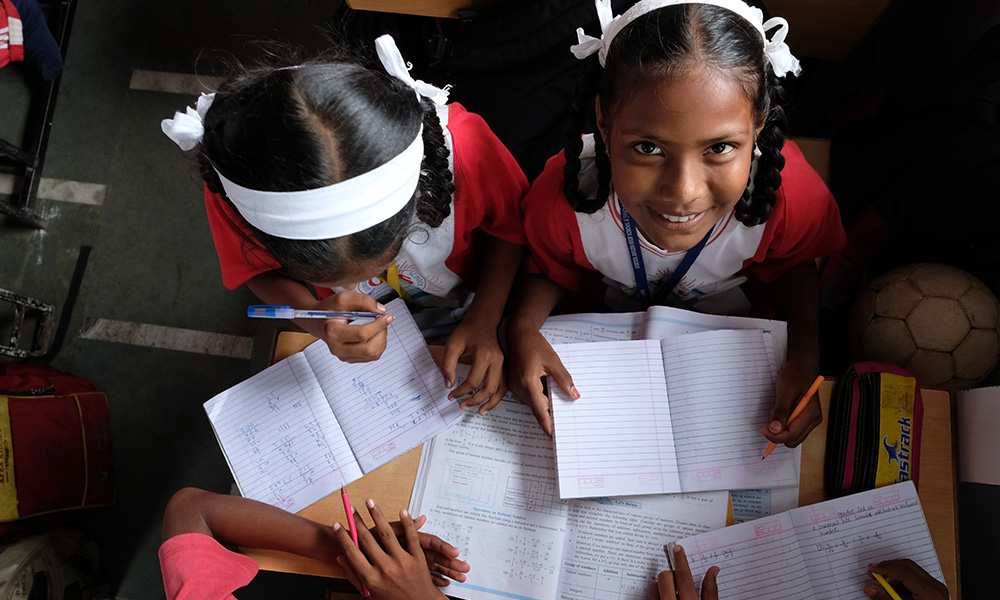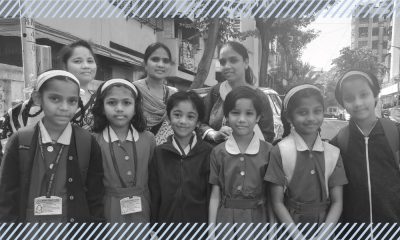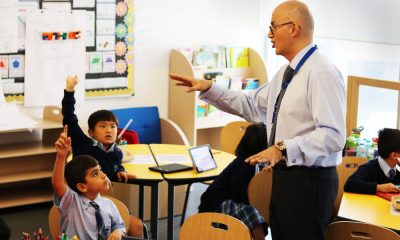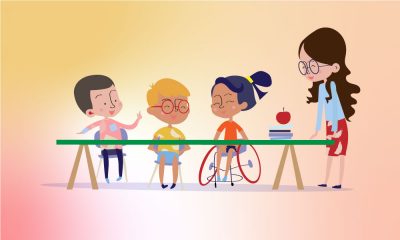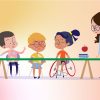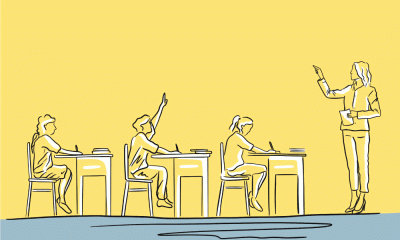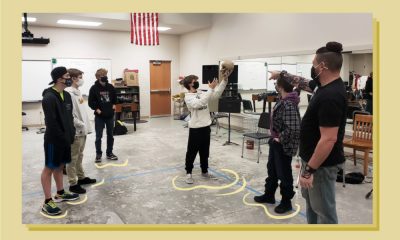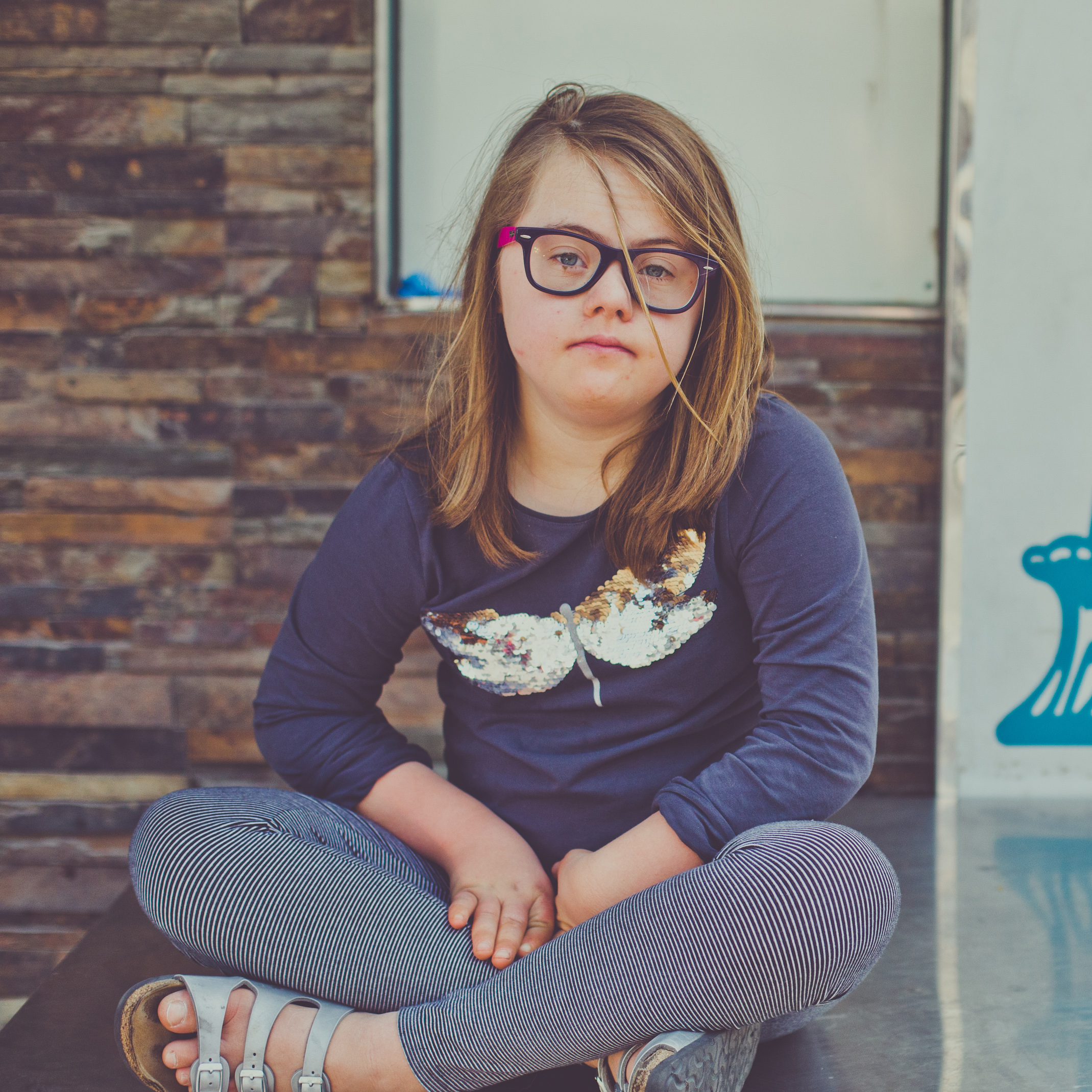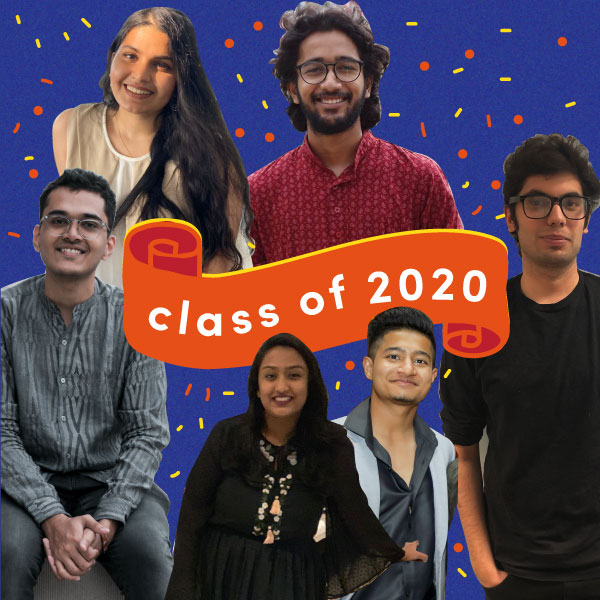Education
How Indian Educators Are Teaching Students Amid the Coronavirus Shut Down
‘We are using the time to step back and think about our own capacities as teachers.’
As updates continue to break on COVID-19 or novel coronavirus, schools across the world have closed their doors as a safety measure. According to the U.N., an estimated 363 million students are currently feeling the brunt of school closures. This means one in five kids is currently out of school: an unprecedented educational conundrum amid a growing health crisis.
Schools in India, like their counterparts in other countries, have followed suit by temporarily suspending classes in a bid to control the outbreak. The Indian government announced a lockdown of schools, colleges and public spaces this week. The move is in line with previous trends during health emergencies such as the influenza pandemic in 1918.


Post school closures amid the coronavirus outbreak, teachers and students are coming up with innovative remote learning solutions to cope.
A 2007 study published by the Journal of the American Medical Association (JAMA) focused on the 1918 pandemic particularly from the perspective of implementing non pharmaceutical measures to contain the virus. It found that early interventions such as keeping schools shut for extended periods were instrumental in decreasing mortality rates. This means that while experts globally race to find a way to mitigate the existing pandemic, closing down educational institutions and avoiding mass public gatherings may help prevent further damage.
“We are entering uncharted territory.”
However, this also poses an important question: how can educators and students stay on track while away from school? Groups such as UNESCO are acknowledging these educational challenges. “We are entering uncharted territory and working with countries to find hi-tech, low-tech and no-tech solutions to assure the continuity of learning,” Audrey Azoulay, UNESCO’s director-general, said in a statement. “As countries try to prepare their response, international cooperation is vital to share the most effective approaches and support students, teachers and families.”
Also read: Coronavirus Is Impacting Mid-Day Meal Consumption in Delhi
Organizations such as non-profit group, Teach for India, are stepping up to bridge the education gap by connecting their fellows and teachers placed across different underprivileged communities with remote learning tools. A list of free online teaching resources has been shared with fellows who are looking for solutions. “Some very innovative things are emerging,” Abhik Bhattacherji, director of marketing and communication at Teach for India, told Re:Set.
“What we’re encouraging fellows to do is to start planning…we’re having learning circles and Google Hangout [sessions]…we are using the time to step back and think about our own capacities as teachers.”


Fellows and teachers from Teach for India are coordinating with each other and their students through video calls, online lesson plans and WhatsApp groups.
The team is also preparing learning depositories while keeping their students updated about study schedules and the way forward. When asked about whether access to the internet and technology is a roadblock for students, Bhattacherji said that big Indian cities don’t pose that problem anymore. “You’ll be really surprised to know that a lot of children do have the internet at home,” he said. “What we’re seeing is innovation around [education and things like] how to complete something online and send it to the teachers for correction. Children are so excited [to try new things].”
They’re also helping kids understand what a pandemic is and its impact on society. Fellows are being encouraged to share the right resources while sensitizing students to the issue and teaching them to follow advisories from experts. “What we’re seeing is the entire community coming together and thinking about what it means to continue [learning] despite all of this,” Bhattacherji reflected. “As the months go by, we’re really going to be putting together our heads and figuring all of this out.”



